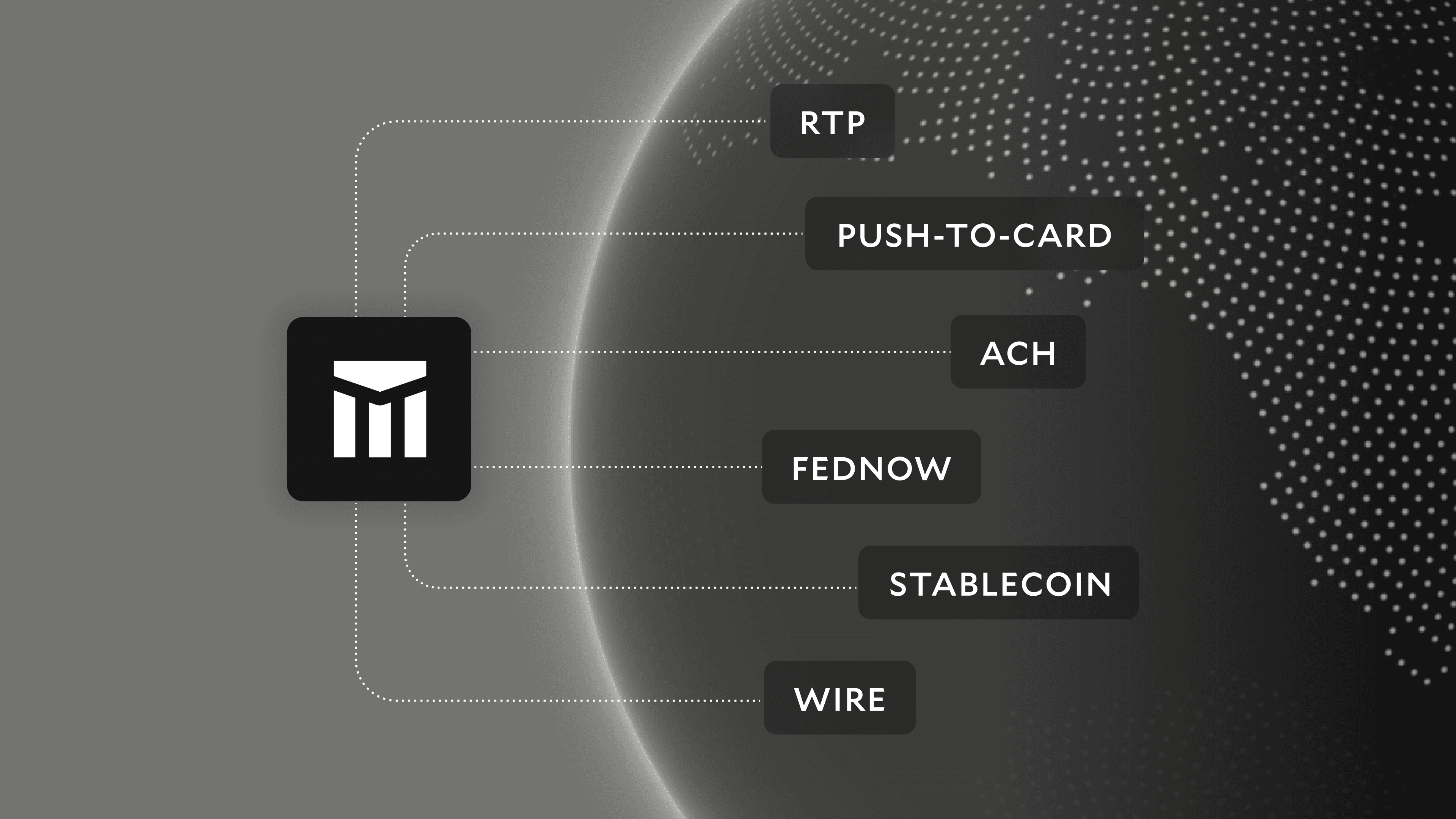Modern Treasury and Paxos Make It Easier for Businesses to Move Money with Stablecoins.Learn more →
What is Direct Transmission?
When evaluating options for payment processing, one option to consider is working directly with your bank. The term for this setup is called “direct transmission.”

When evaluating how to manage payments, one option to consider is working directly with your bank. Managing payments this way requires a setup called “direct transmission.” Since this is a term that sometimes creates confusion, this post will describe what direct transmission means and what it means for a bank to setup your account this way.
What is direct transmission?
With any basic corporate checking account, you can send ACH or wire transfers through the bank portal. However, when you are dealing with high volumes or dollar amounts, getting details and tracking many different payments through the web portal can become overly complicated and hard to manage.
Direct transmission means your business systems can “talk” to your bank account through direct channels. These channels are computer-to-computer and commonly operate over SFTP (secure file transfer protocol) or API (application programming interface). What this means practically is that you can initiate, approve, and track payments in systems outside of your bank portal.
Banks offer direct transmission to customers who manage large volume, high dollar value, or complex payment flows. It’s their way ensuring as a company grows, they have the tools they need to manage payments safely.
How do I Set Up Direct Transmission?
Step 1: Preparation
When setting up direct transmission, you first need to identify which payment types you would like to turn on. The options include:
- ACH Credit
- ACH Debit
- Wire Transfers
- Check Print
- Lockbox
- Real-Time Payments
What options to pick depends on your particular business. If you are sending payments for marketplace payouts, then ACH Credits or RTP are likely the right fit. If you are building a lending company and need to collect loan payments, that will require ACH Debits. If you are managing B2B vendor payments, wire transfers or check print may be the right fit.
Step 2: Talk to Your Bank
The second step is to ask your relationship manager what the process is at your particular bank. Getting direct transmission enabled for your account usually requires a few forms to be filled out. Some banks will also introduce you to a product or payment specialist to help manage the process.
Step 3: Underwriting
When direct transmission is enabled, your bank acts as the initiator (or “Originating Depository Financial Institution”) for ACH payments on your behalf. This means the bank is taking on the risk of allowing payments to be initiated at scale, computer-to-computer. As a result, they are responsible for any issues resulting from poor ACH habits, such as returns. For that reason, banks ensure that their customers wanting direct transmission go through a robust underwriting process.
In underwriting, each payment type has a different level of risk to the bank and therefore takes a different amount of time to receive approval. Payment types that involve sending money, such as ACH Credit or Wires, are less risky for the bank. The worst that can happen is you spend all your money (okay, that’s not great for you, but it’s not a systemic fraud risk). So usually approvals are relatively quick.
On the other hand, payment types that involve drawing money from other bank accounts require a longer period for underwriting. This is because once you have access to this payment type, you will be able to pull funds from any other bank account. Sometimes, banks will put ACH debit caps, hold times, or other mitigation methods on your payment flows in order to approve this payment type. These mitigation measures are usually removed over time.
Underwriting usually takes days to weeks. Generally during this process the bank is evaluating the compliance, credit, and transactional risks at a customer level. To speed things up, one good route is to work with a bank that you already know and that knows your business. Banks that have an established history of your account have a better understanding of your business model as well as your return history and payment flows. This can help reduce the time required for underwriting.
Step 4: Go Live
Once you have direct transmission access to your bank account, you will be able to initiate and track payments at scale. This can be a complicated process to build out, so many companies opt to use a third party service provider to help manage the data from their bank feeds. Modern Treasury is an example of this type of software provider.
Interested in Direct Transmission for Your Account?
Given direct transmission can be pretty complicated and confusing, Modern Treasury often helps customers translate the banking terminology to make setup simpler. Reach out to learn more.







